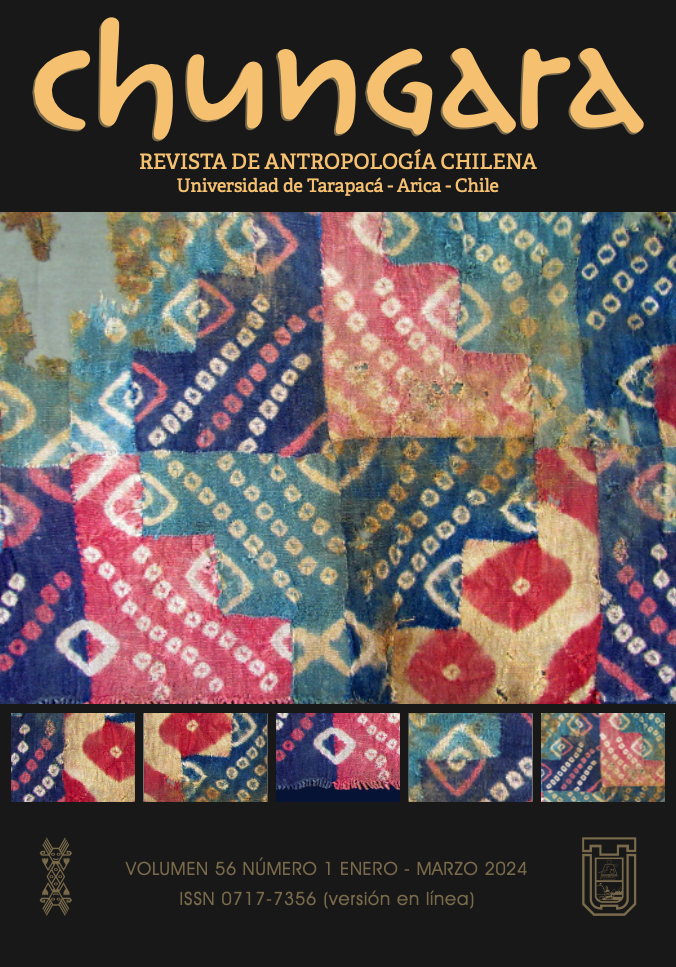Written by Super User. Posted in Papers - English
PROCUREMENT OF CLAY RAW MATERIALS DURING THE CERAMIC PERIODS IN CENTRAL CHILE. WHAT THE NEUTRON ACTIVATION ANALYSES TELL US
PRÁCTICAS DE APROVISIONAMIENTO DE MATERIAS PRIMAS ALFARERAS EN LOS PERIODOS ALFAREROS EN CHILE CENTRAL. LO QUE REVELAN LOS ANÁLISIS POR ACTIVACIÓN NEUTRÓNICA
Fernanda Falabella, Lorena Sanhueza, Itaci Correa, Brandy L. MacDonald y Michael D. Glascock
At the beginning of the second millennium, there were profound aesthetic and technological transformations in Central Chile which have been extensively highlighted in the archaeological literature. In this work, we report on neutron activation analyses of ceramic materials from sites in the Angostura de Paine region, southern Santiago basin, to explore whether people from the Late Intermediate Period (PIT) continued to exploit the same raw material sources for culinary pottery as those of the Early Ceramic Period (PAT) despite the well-known cultural changes. The resulting chemical groups show that potters from the PIT continued to use the same raw material sources as in the previous period, although some compositional groups, with very few cases each, are exclusive of the PAT or the PIT. Our results also show that the use of these raw materials had a spatial logic, since the different sources were related to domestic sites nearby. The continuity in raw material sources supports the idea of social and historical links between potters from both periods, implying that knowledge was transmitted synchronically and/or diachronically and that it was people from the PAT that were responsible for the transformations that characterize the passage from one period to the next.
Print
Email
Written by Super User. Posted in Papers - English
DIGITAL MAPPING OF AN AGRICULTURAL LANDSCAPE FROM THE LATE PERIOD (1000-600 BP) (ANTOFAGASTA DE LA SIERRA, CATAMARCA, ARGENTINA)
MAPEO DIGITAL DE UN PAISAJE AGRÍCOLA DEL PERIODO TARDÍO (1000-600 AP) (ANTOFAGASTA DE LA SIERRA, CATAMARCA, ARGENTINA)
María Cecilia Gentile, Pablo Tchilinguirian y Daniel Olivera
Around 1000 BP, the populations that lived in Antofagasta de la Sierra (South Puna, Catamarca, Argentina) had to face rising environmental aridity together with a demographic increase. As a response to hostile weather conditions, an intensification of agricultural activities began to take place. One of the sites that was built as a result of this process was Bajo del Coypar I, which comprises over 240 ha of archaeological cultivation plots. Studying this site in the field would have resulted in particularly high expenses and complexity. This is the reason why we chose to analyze its structure using high resolution images through the use of a Geographical Information System. Such a methodology allowed us to gather data on the site’s structure while generating new information on its compositional elements. This information relates to current debates on the area’s socio-political organization during the Late Period (1000-600 BP).
Print
Email







